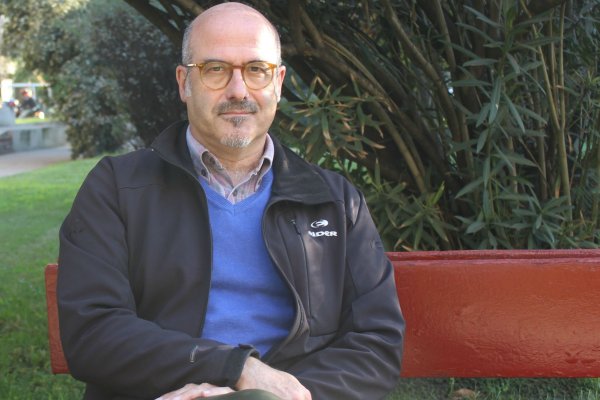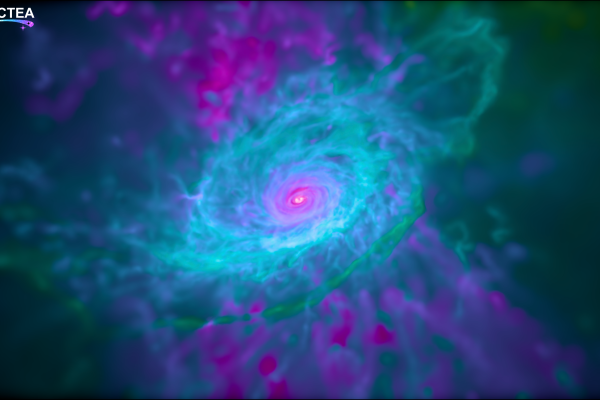Barcelona, 04.09.2013 Next Saturday, September the 7th, the stratospheric probe SonCube will be launched for the second time around from MónNatura Pirineus (Les Planes de Son, Pallars Sobirà), propelled by a helium balloon and carrying several cameras, as well as experiments designed by high school students.
This time over, the centres taking part in the project include the Institut d’Estudis Espacials de Catalunya, the Universitat de Barcelona and the Fundació Catalunya – La Pedrera, which have organized the contest “SonCube: experimenta a la frontera de l’espai”, thanks to which the winning students Marta Puig and Ada Fontrodona, and their teacher Gerard Farràs (Escola Arrels, Solsona) have had the opportunity to design and and build the main experiment aboard SonCube, which will assess and measure the presence of different gases in the stratosphere.
The project of this low-cost probe was begun in 2012 by a group of space-sciences enthusiasts. SonCube's first rise into the stratosphere took place on August the 11th of that same year, and the probe rose to well over 30000 meters of altitude, yielding
spectacular images and demonstrating the interesting educational applications of the project.
For SonCube's second voyage, the cost of the contest-winning experiment, as well as that of the new instruments fitted into the probe and the material necessary for the launching, have been financed through a very successful micro-sponsorship program, which managed to put together a 50% more than the expected quantity.
Weather permitting, SonCube's launch will take place on Saturday September the 7th at around 11 am and this will be the first time we will be able to witness its adventure towards space real-time online (www.soncube.com). This is the first time a probe of its characteristics will broadcast the images, as well as its position and the data collected by the sensors onboard. The event is also open to the public at MónNatura Pirineus, from where SonCube's launch and subsequent flight towards the space's frontier can be witnessed.
This time over, the centres taking part in the project include the Institut d’Estudis Espacials de Catalunya, the Universitat de Barcelona and the Fundació Catalunya – La Pedrera, which have organized the contest “SonCube: experimenta a la frontera de l’espai”, thanks to which the winning students Marta Puig and Ada Fontrodona, and their teacher Gerard Farràs (Escola Arrels, Solsona) have had the opportunity to design and and build the main experiment aboard SonCube, which will assess and measure the presence of different gases in the stratosphere.
The project of this low-cost probe was begun in 2012 by a group of space-sciences enthusiasts. SonCube's first rise into the stratosphere took place on August the 11th of that same year, and the probe rose to well over 30000 meters of altitude, yielding
spectacular images and demonstrating the interesting educational applications of the project.
For SonCube's second voyage, the cost of the contest-winning experiment, as well as that of the new instruments fitted into the probe and the material necessary for the launching, have been financed through a very successful micro-sponsorship program, which managed to put together a 50% more than the expected quantity.
Weather permitting, SonCube's launch will take place on Saturday September the 7th at around 11 am and this will be the first time we will be able to witness its adventure towards space real-time online (www.soncube.com). This is the first time a probe of its characteristics will broadcast the images, as well as its position and the data collected by the sensors onboard. The event is also open to the public at MónNatura Pirineus, from where SonCube's launch and subsequent flight towards the space's frontier can be witnessed.



